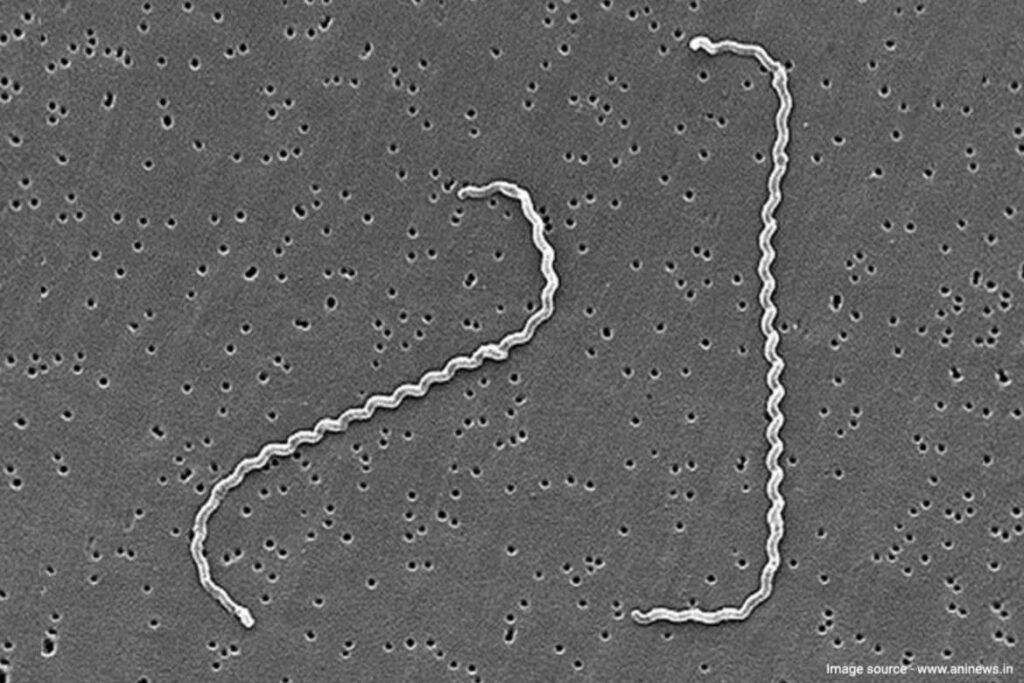Most of the country is experiencing the effects of the monsoon. Flooding is still wreaking havoc in regions like Maharashtra, Gujarat, and Assam as a result of severe rainfall. Health professionals encourage the residents of the flood-affected state to take extra care to protect their health. Leptospirosis infections have been detected in many places on a number of occasions since June, according to recent sources. In this context, it becomes important for us to understand about this infection.
What is leptospirosis?
A bacterial infection called leptospirosis can infect both people and animals. Leptospira bacteria are to blame for its development. The risk of infection is higher after heavy rains or floods. According to experts, if soil or water has been contaminated with leptospirosis-causing bacteria, then anyone who has been exposed to it may be at risk of getting the illness.
Health professionals advise everyone to continue taking precautions against leptospirosis because the danger of death from it in severe cases can range from 10 to 15 percent.
Transmission:

Read more: Nairobi fly infection: More than 100 cases have appeared in India; Know all about it
It is classified as a zoonotic disease by the Centers for Disease Control and Prevention (CDC), which implies that it can infect both humans and animals. The main mode of disease transmission is coming into contact with an infected animal’s urine. It can occur in people if they are exposed to animal urine or tainted water or soil.
Waterlogging is a prevalent issue after heavy rains, which increases human exposure to it. Leptospirosis has the potential to result in deadly consequences.
Signs of leptospirosis:
Depending on the severity of the infection, leptospirosis symptoms can differ from person to person. The onset of symptoms after a person has come into touch with a contaminated source might take anywhere between 2 days and 4 weeks. Fever is typically the first indication of the illness, and other symptoms may appear later. Following symptoms are frequently observed in persons.
- Fever and coughing
- Muscle and headache pain
- Scratchy rash
- Vomiting, nausea, or chills
- Having red eyes
Who is more vulnerable?
Leptospirosis risk has been found to be higher in some individuals, and because of this, these individuals require special protection. Following individuals are more prone to catch the infection.
- When there is heavy rain or flooding on wet days.
- Those who deal with animals, such as dairy farmers or vets.
- Sewage workers.
- Those who are swimming or sailing.
- The risk of polluted soil is higher for people who work in gardens or the soil.
Treatment:
Leptospirosis treatment is carried out based on the patient’s state and the disease’s signs and symptoms. Leptospirosis symptoms improve in mild cases with home treatments including drinking more fluids, resting, and over-the-counter painkillers. In order to lower the risk of germs, antibiotics are utilised. The disease can be prevented from becoming serious by receiving treatment as soon as possible.
